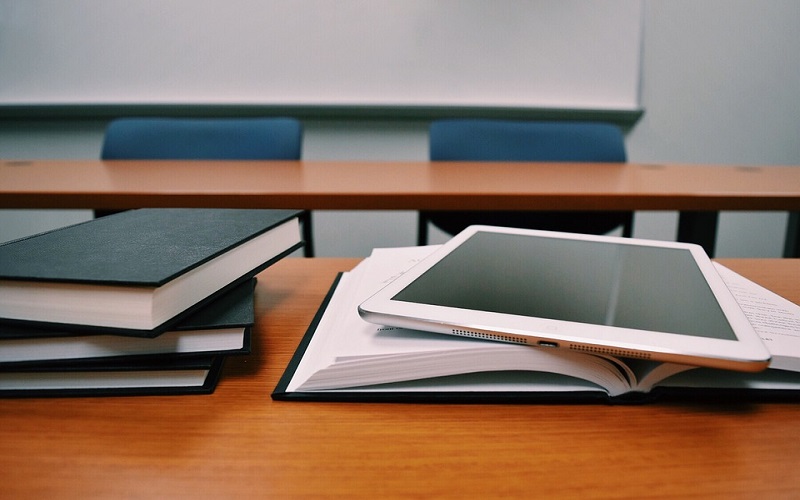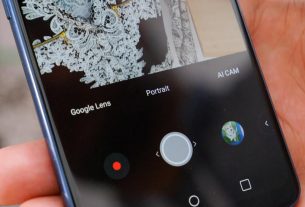This gadgets are just a few examples of the technologies transforming classrooms and making them smarter. Each of these tools enhances teaching and learning experiences, promotes interactivity, and prepares students for the digital age.
- Interactive Whiteboards: Interactive whiteboards are becoming increasingly popular in classrooms. These large touch-sensitive displays allow teachers and students to interact with digital content in a collaborative and engaging way. They often come with software that enables teachers to annotate, highlight, and save their work, making lessons more dynamic and interactive.
- Tablets and Laptops: Tablets and laptops are versatile gadgets that are transforming classrooms. With these devices, students can access educational apps, digital textbooks, and online resources. They offer portability, instant access to information, and the ability to create and collaborate on projects. Teachers can also use tablets and laptops to deliver multimedia-rich lessons and provide personalized instruction.
- Classroom Response Systems: Classroom response systems, also known as clickers, enable teachers to quickly assess student understanding and engagement. These handheld devices allow students to respond to multiple-choice questions or polls posed by the teacher. The responses are instantly recorded and displayed, providing valuable feedback to both the teacher and the students. Classroom response systems promote active learning, increase student participation, and enable teachers to adjust their instruction based on real-time data.
- Virtual Reality (VR) and Augmented Reality (AR) Tools: VR and AR technologies are revolutionizing classroom experiences by providing immersive and interactive learning opportunities. With VR headsets, students can explore virtual environments that simulate real-world scenarios, enhancing their understanding of complex concepts. AR tools overlay digital information onto the real-world environment, creating engaging and interactive learning experiences. For example, students can use AR apps to dissect virtual organisms or explore historical landmarks.
- Document Cameras: Document cameras, or visualizers, are powerful tools for sharing physical objects, documents, or student work with the whole class. These cameras capture high-quality images or videos of objects and display them on a larger screen or projector. Teachers can demonstrate experiments, annotate texts, showcase student work, or provide step-by-step explanations to the entire class. Document cameras promote visual learning, increase student engagement, and facilitate class discussions.




